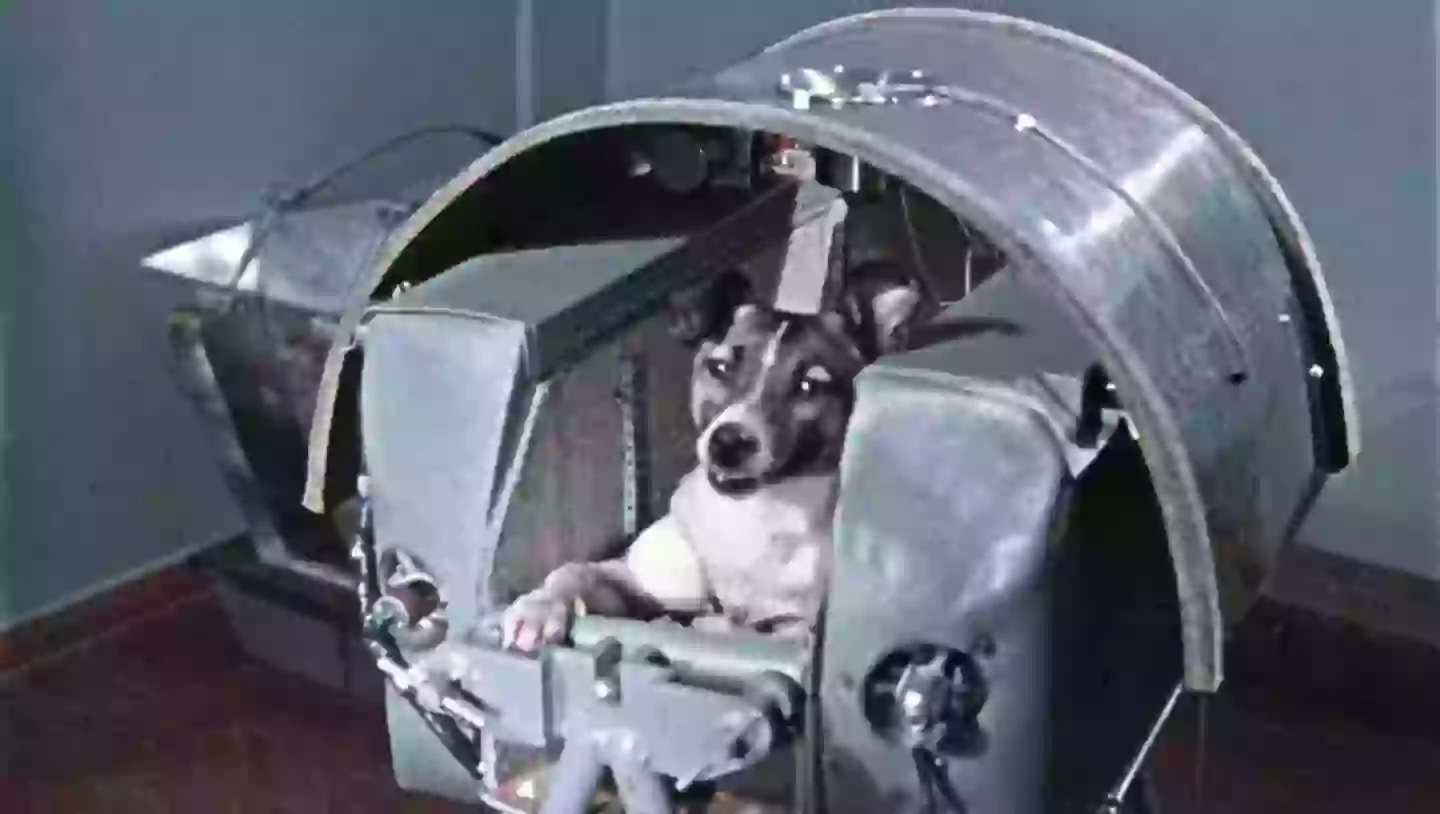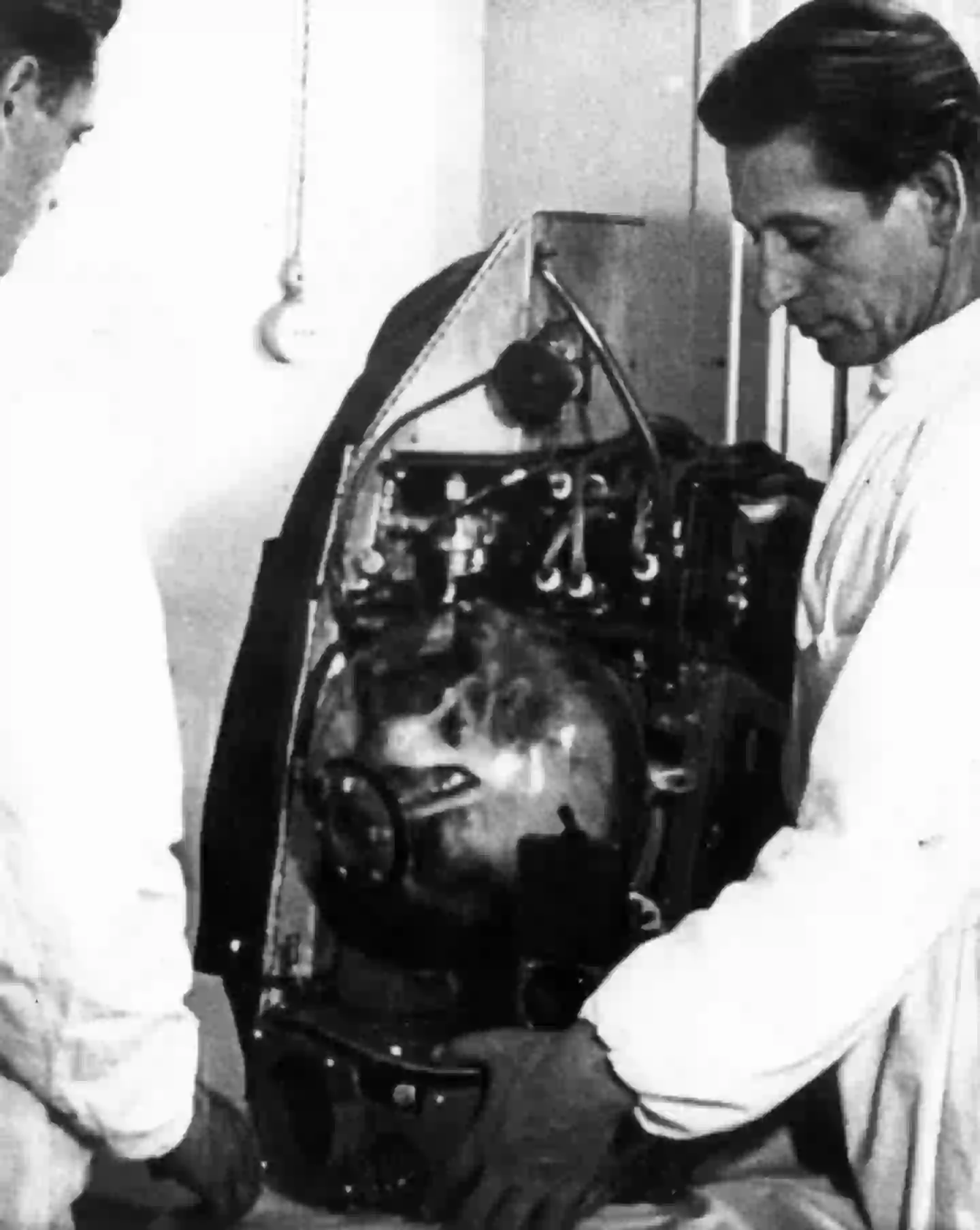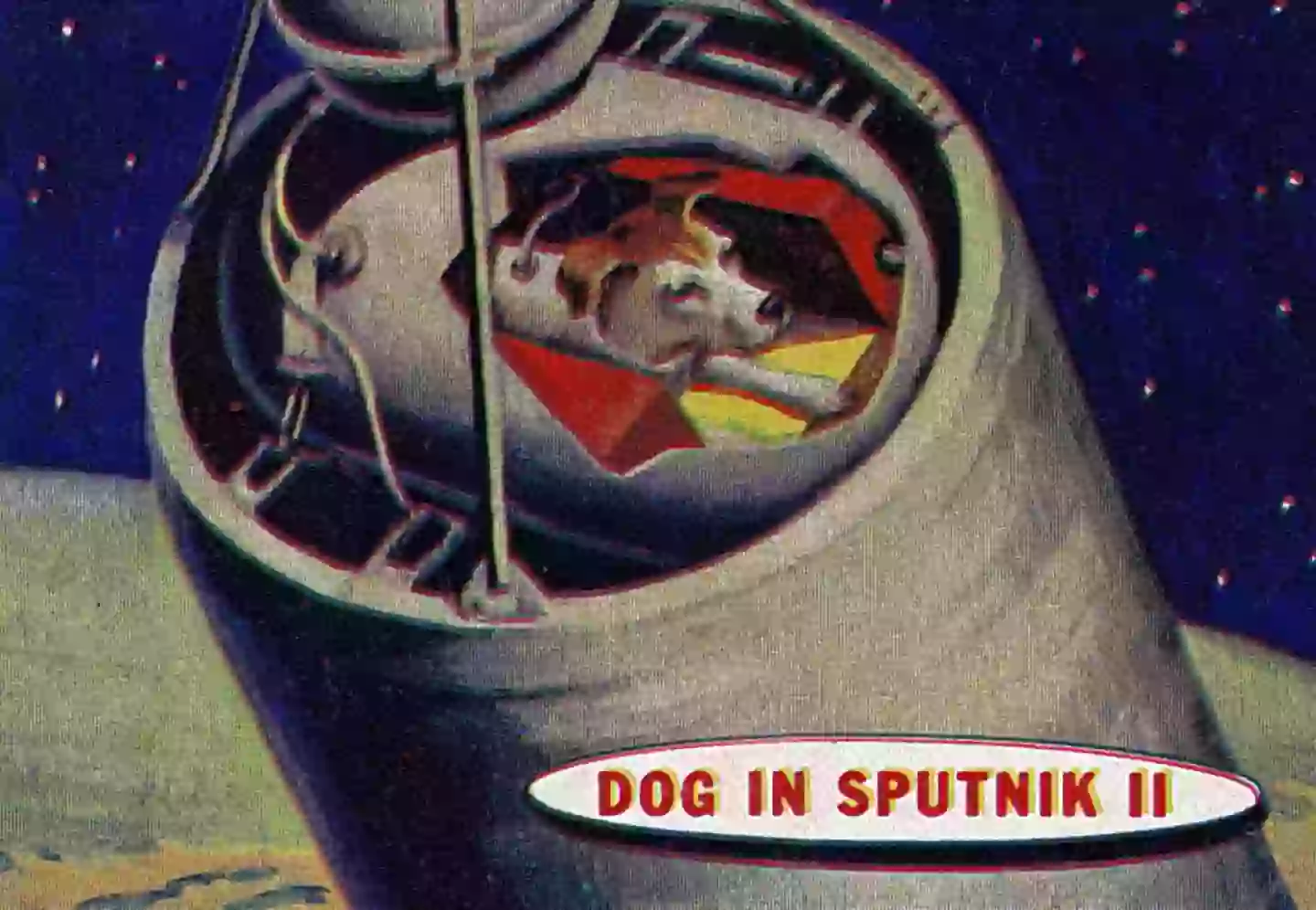Almost seventy years have passed since Laika, the space dog, was launched into orbit on a mission that was never intended to return.
Laika was a friendly stray discovered on the streets of Russia, estimated to be around three years old when scientists chose her to be the ideal candidate for their space experiments.
The plan was for the terrier mix, originally named Kudryavka, to be sent into the atmosphere to determine if humans could endure space travel.
Laika was known for her gentle disposition and underwent extensive space training, which included acclimating her to small spaces and confinement.
Ultimately, experts decided Laika was prepared for her space journey, and she was secured into Russia’s Sputnik 2 capsule on November 3, 1957.

Engineer Yevgeniy Shabarov reflected on Laika’s final moments: “After placing Laika in the container and before closing the hatch, we kissed her nose and wished her bon voyage, knowing that she would not survive the flight.”
Laika endured hours inside the capsule before being moved to the rocket’s top approximately an hour before its midnight launch.
The little dog’s heart rate increased significantly during liftoff, settling only during the weightless phase. Reports indicate she experienced stress and agitation during the journey.
Laika is remembered in history as the first animal to orbit the Earth, sent to test if a living being could withstand the rigors of space travel.
Regrettably, she lived only for the initial five to seven hours of the mission.

Laika’s remains returned to Earth’s atmosphere on April 14, 1968, disintegrating after 162 days in orbit.
For years, the Soviet Union offered various explanations for her death, ranging from suffocation to a technical failure during launch.
In October 2002, a specialist involved in the mission clarified the true cause of her demise.
Dimitri Malashenkov revealed that Laika perished from overheating and stress by the fourth orbit of the flight.
“It turned out that it was practically impossible to create a reliable temperature control system in such limited time constraints,” Malashenkov stated in a presentation to the World Space Congress.

Sadly, scientists anticipated Laika would have perished within ten days due to oxygen deprivation regardless.
Despite her short-lived mission, Sputnik 2 was deemed a success for the Soviet Union.
Following Laika, the Soviet Union launched dogs Belka and Strelka in August 1960, who became the first animals to return from space alive.
Since then, a wide variety of animals, including pig-tailed monkeys, tortoises, cats, and worms, have been sent into space for scientific research.

